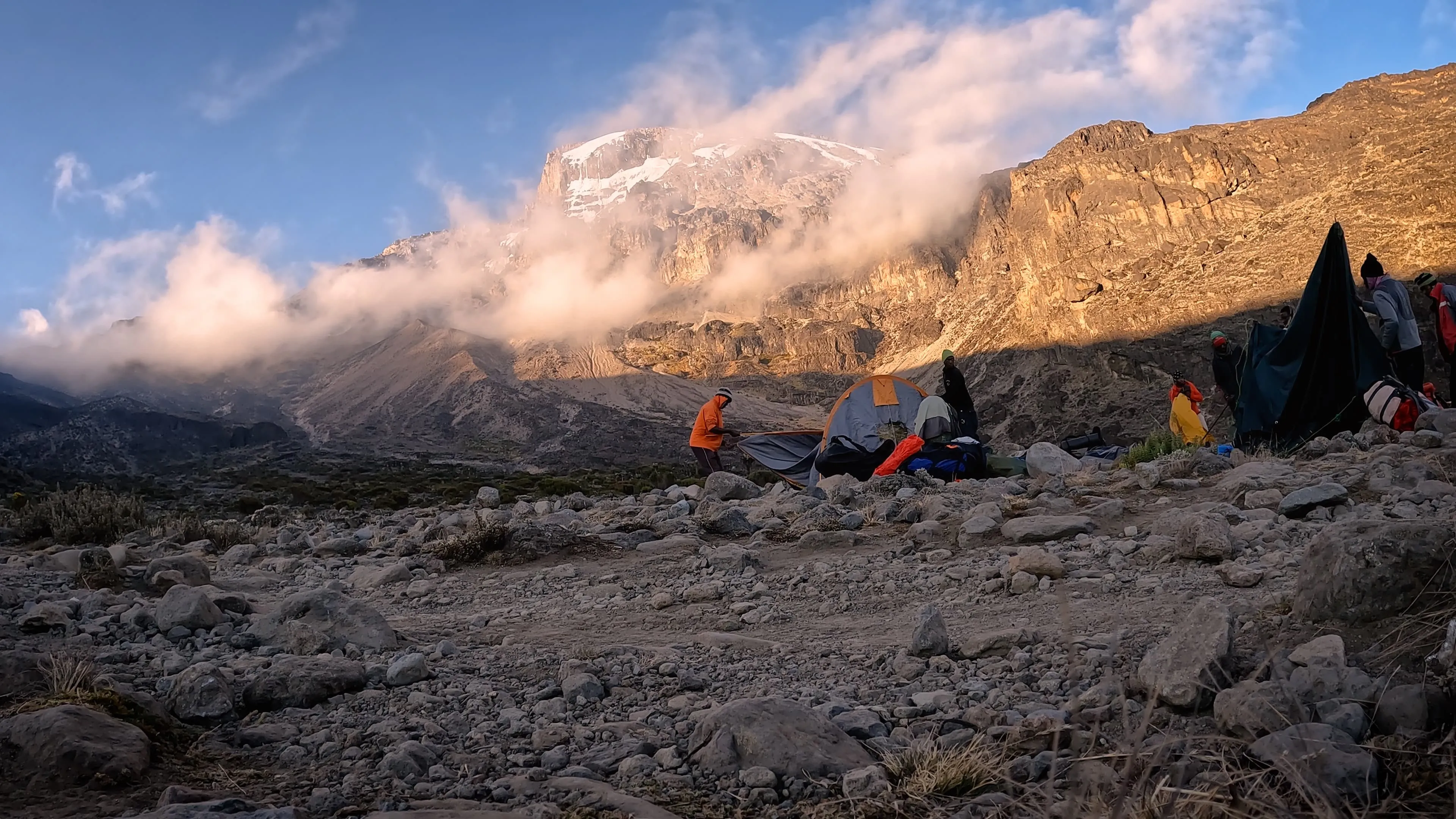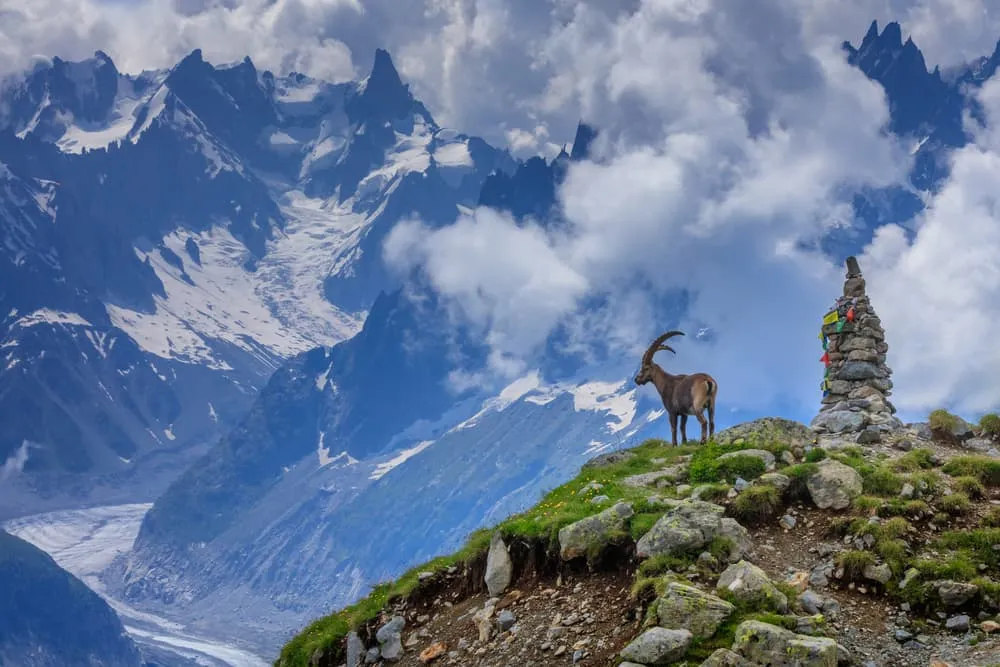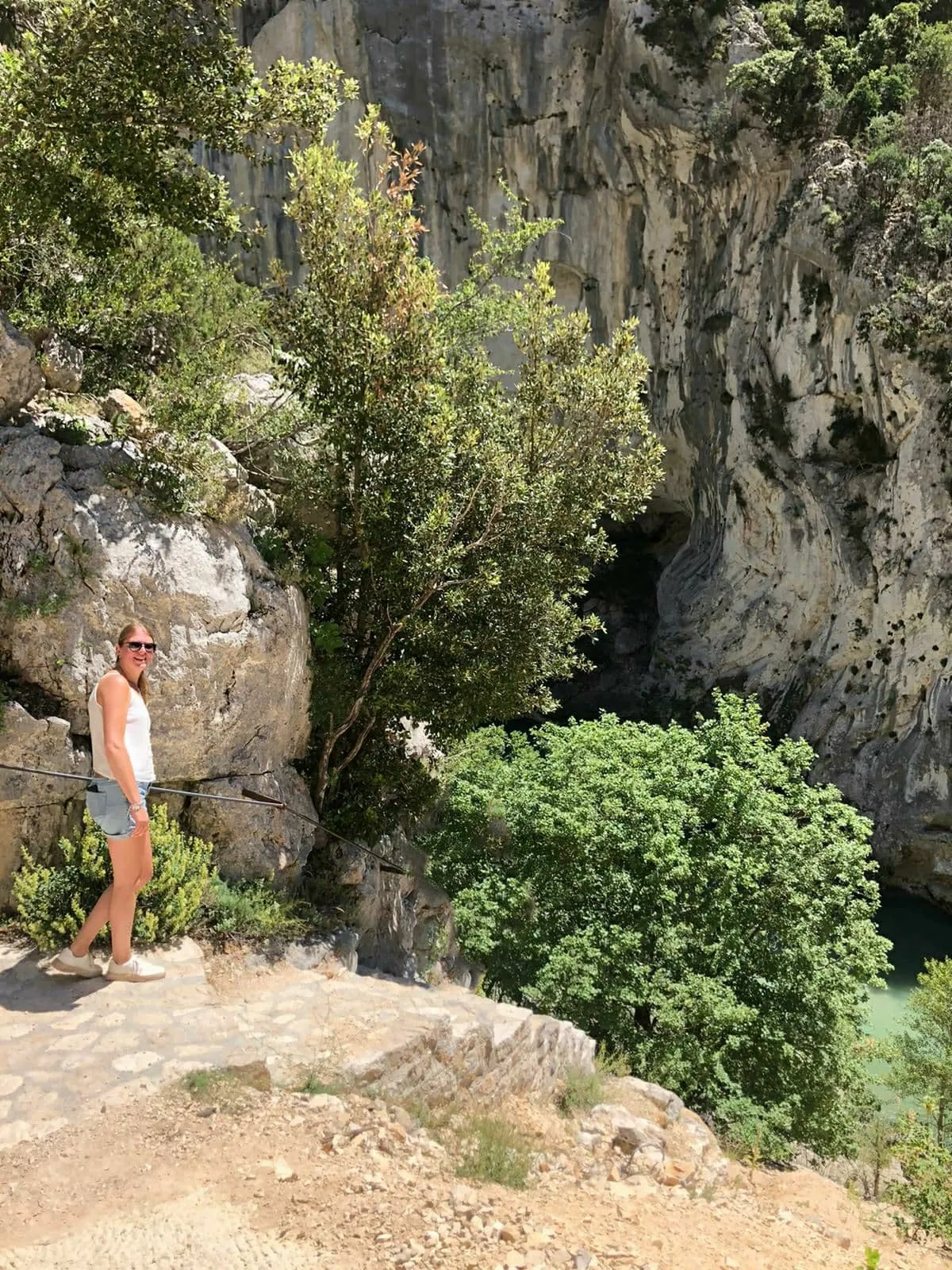Do you want to climb Mount Kilimanjaro in the rainy season? Choose the Rongai Route. The north side of Kili sees less rainfall and is therefore the first choice outside peak season. Do you want to enjoy the Kilimanjaro in relative peace? The Rongai is again a good choice. Although popularity is increasing each year, the numbers are much lower than on routes such as the Machame and the Marangu.
Are you looking for a less technical Kili route? The Rongai is your match. It is one of the routes that you can hike with less experience. The slopes are less steep and are easy to hike. The landscape on the north side is less varied than on the other side of the Kilimanjaro, but for that you get a unique rugged mountain landscape in return.
Rongai Route

Trekking experts per destination
Free cancellation up to eight weeks in advance
Quick personal advice
Where
When
Duration
6 days 7 days
View updated results

Find Rongai Route Hiking & Trekking Trips
Reviews
Also Interesting
About Us
At Bookatrekking.com, you will find the trek that will make your life unforgettable. Whether you want to explore the Inca Trail or climb Kilimanjaro. Bookatrekking.com has a wide and varied range of first-class treks. No false promises are made here. Transparent prices and bookings are fixed instantly. Find, compare, book and trek!
Read more about us 



